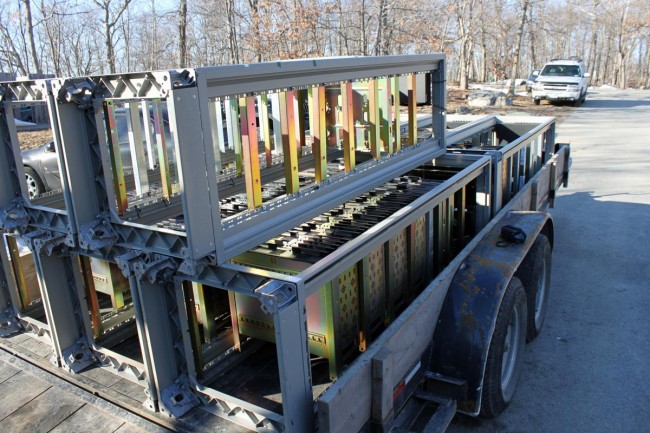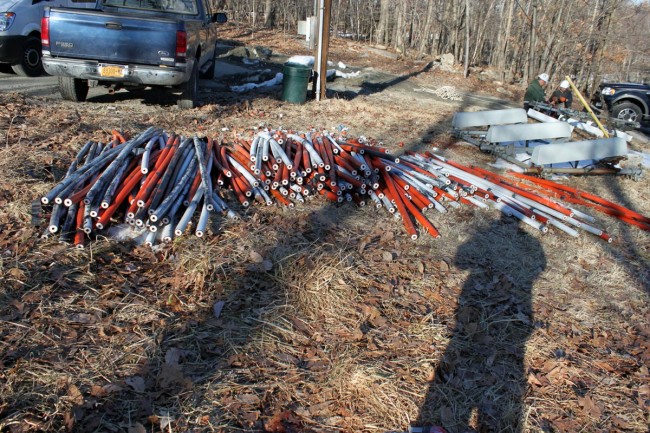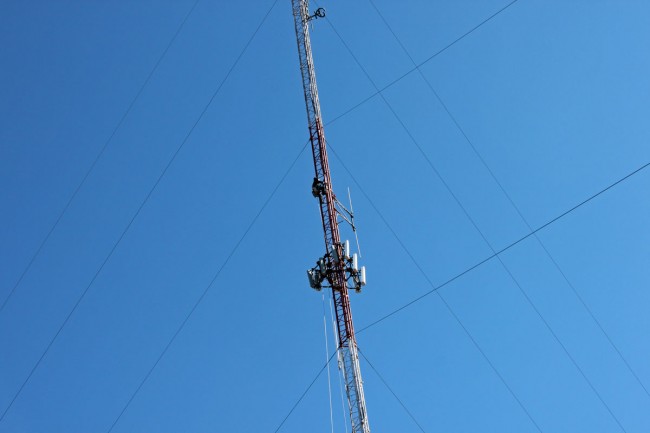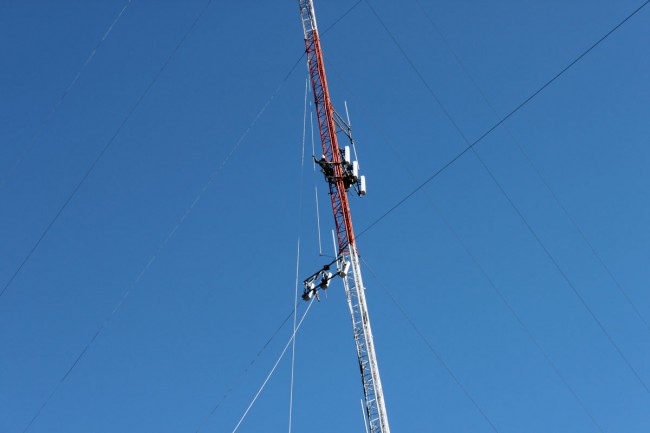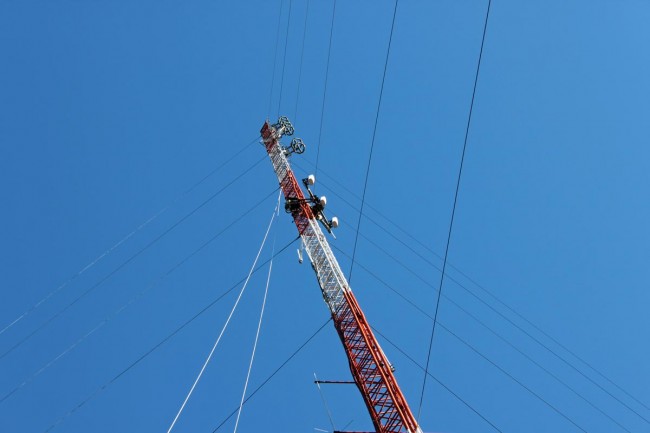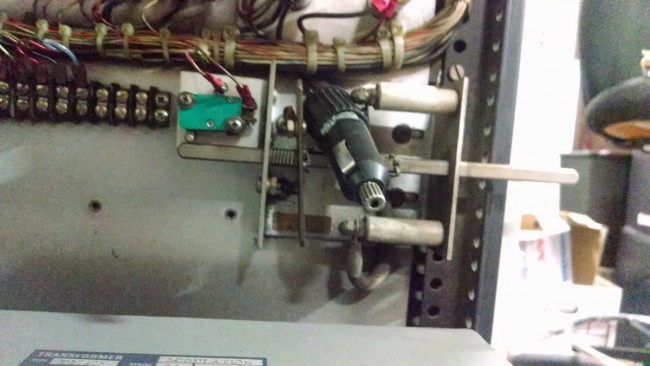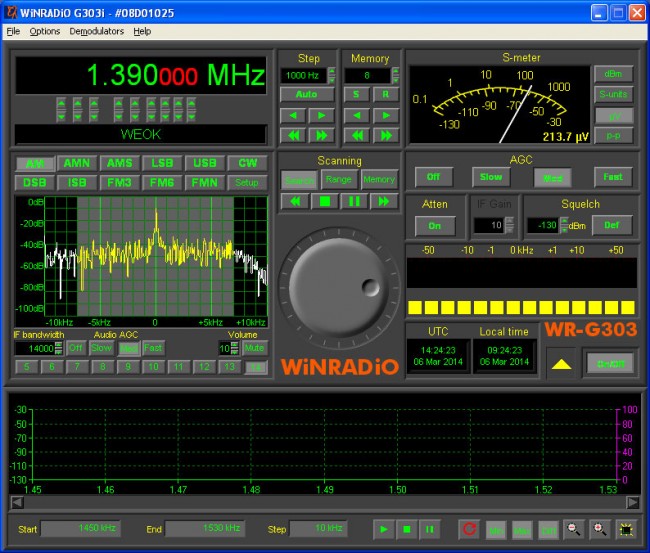
It is a joke circulating in Russia at the moment. Kind of funny when you think about it.
In light of the developing situation in Eastern Europe, it may be wise to retain some of those HF broadcasting (AKA Shortwave) sites. It may be too late for Canada, however, the US government still has a few high-powered HF sites that they may want to hold onto for a while. There are several ways that shortwave broadcasting can be beneficial.
- Like all radio broadcasting, quality content is needed to attract listeners. Most of what is available on shortwave are religious or transparent government propaganda. There are exceptions to this, but they are rare. Introduce quality programming, and shortwave listenership will increase.
- DRM 30 (Digital Radio Mondial) is still in its experimental phase. It has been demonstrated to work reasonably well on HF. Several digital data formats are successfully being used on HF; HFDL, ALE, STANAG 5066, PACTOR and others. DRM 30 has the advantage that H.264 video can also be transmitted.
- The VOA has been experimenting with images transmitted via MFSK, AKA the “VOA Radiogram.”
- HF is always susceptible to changing propagation. However, it can be reliable enough, especially when frequency diversity is employed, to overcome these issues when no other method of communication is available.
- DRM and MFSK can be decoded using a simple shortwave radio and a computer sound card. A DRM CODEC is required, but those are readily available for download.
- Analog shortwave broadcasting using AM is still viable. AM has the advantage of being extremely simple to receive and demodulate. Simple receiver kits can be built and run on 9 volt a battery.
- While the Soviet Union had an extensive jamming network, those sites have long since been non-functional. Most countries have discontinued the practice of jamming with the exception of China, North Korea, Cuba, and perhaps some countries in the middle east (the usual suspects).
Sample of DRM reception via shortwave:
If the internet is censored or somehow becomes unavailable in that part of the world, shortwave may be the only method to convey an alternate point of view.
Hopefully, things will settle down and return to at least a civil discourse. However, it never hurts to have a plan.


